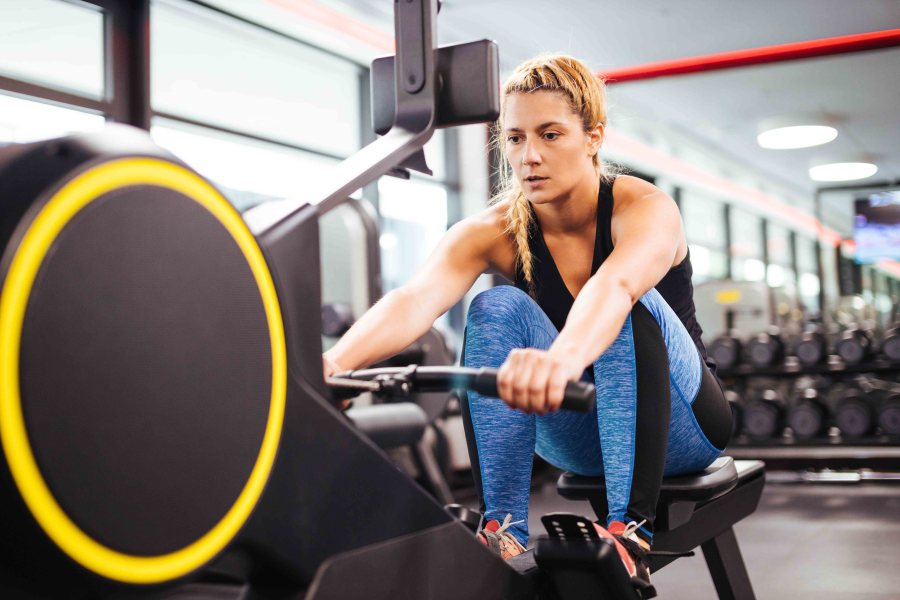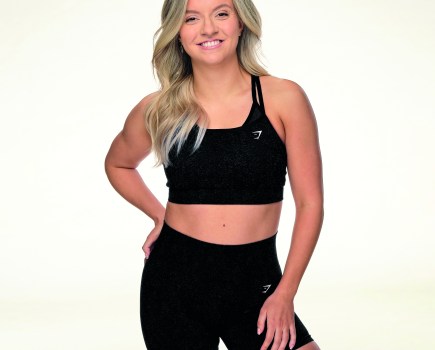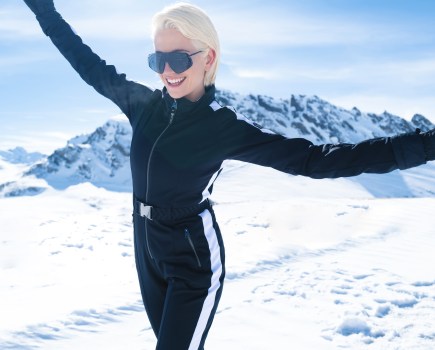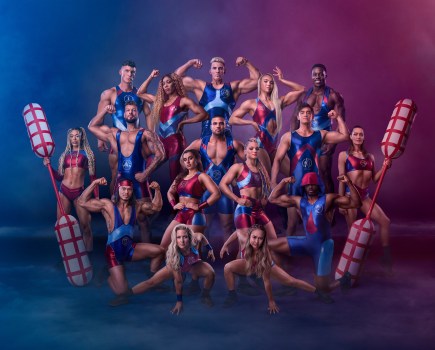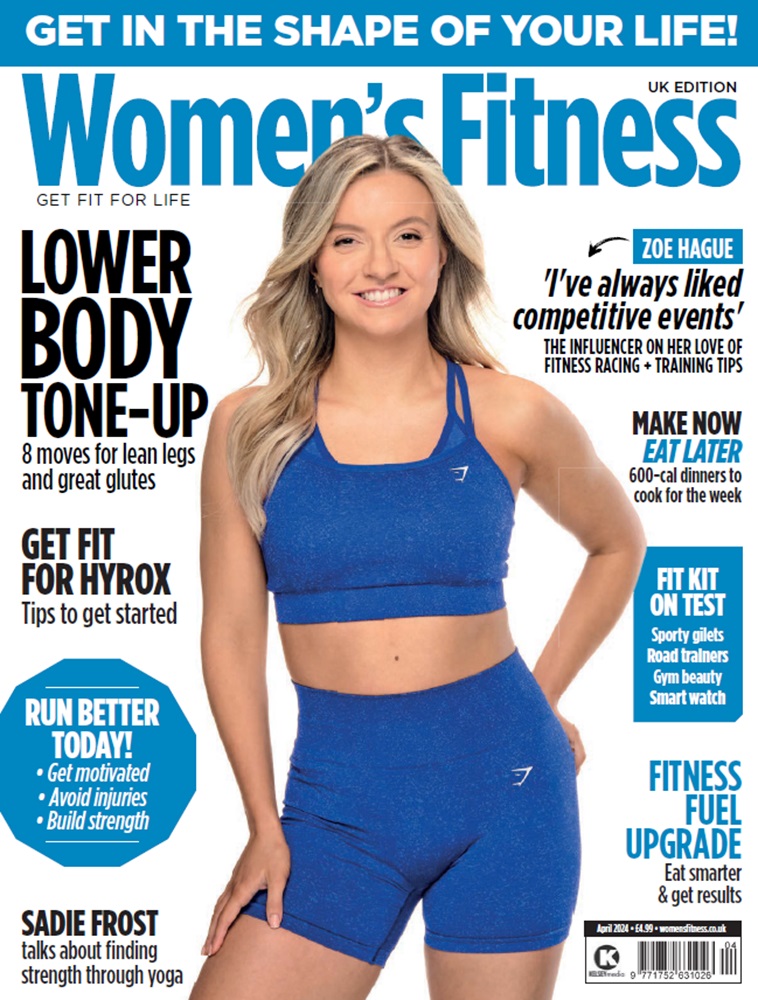Heading to the gym? Tackle daunting gym equipment and confusing jargon with our ultimate A-to-Z guide. The more you know, the more you’ll go!
By Lucy Miller
January is the busiest time for gym memberships. If you’re part of the new gym gang but feel a little confused about what to do with that weird piece of kit sitting in the corner, we’re here to help. Read on to decode all the kit and gym jargon, so you can walk in feeling and looking the part.
Assault bike
The assault bike, also known as the air bike, is a heart-spiking, calorie-burning machine. This is thanks to the arm-pumping action, similar to that of a cross-country skiing machine, and the leg-firming power of cycling against serious resistance.
Unlike a typical exercise bike, the assault bike uses a fan to generate wind resistance, so the harder you pedal, the harder pedalling gets. It’s a fantastic workout for your chest, back, arms and abs, and a great way to train for fat loss, power and speed.
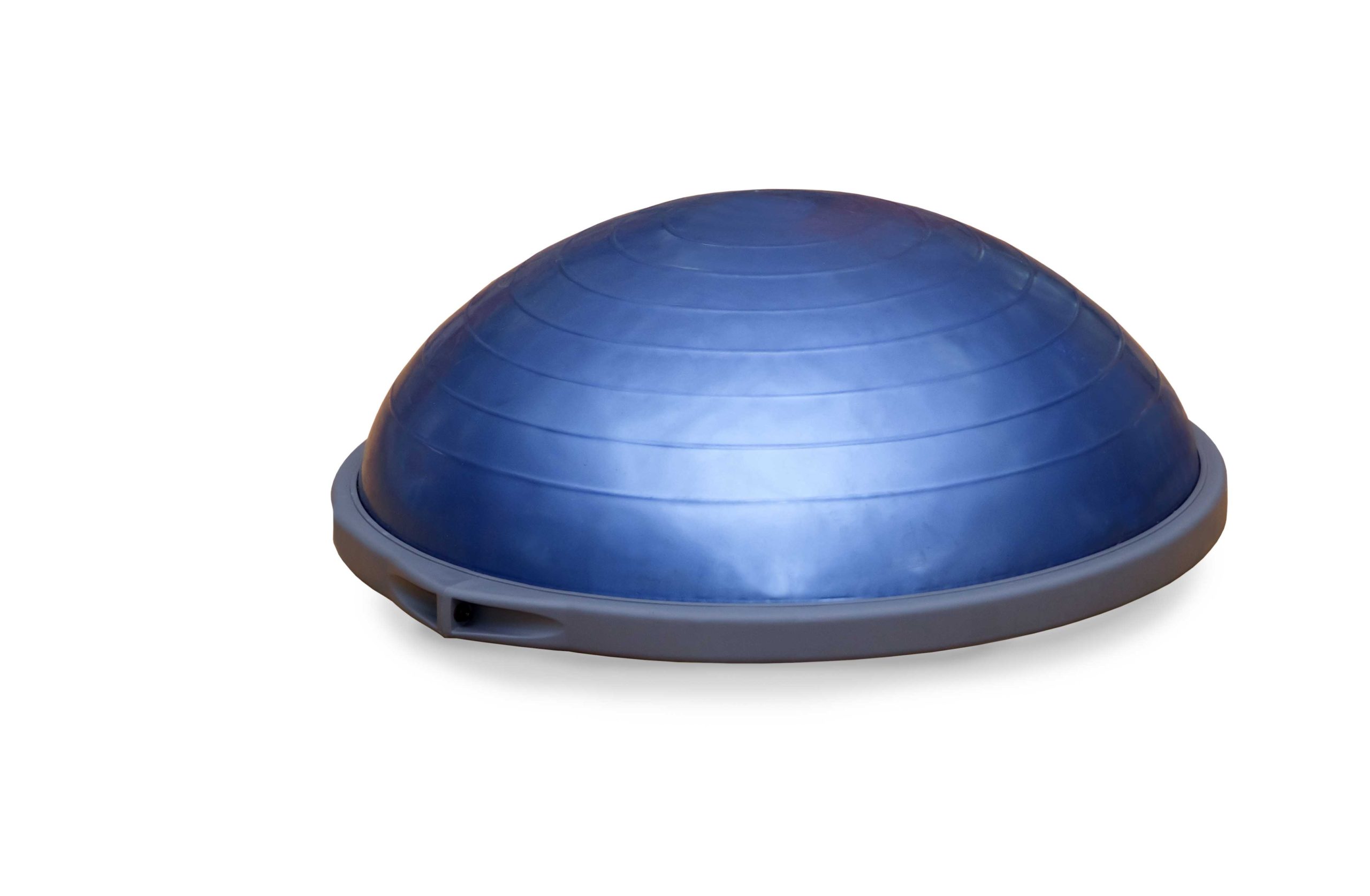
Bosu ball
It’s not really a ball; it’s more like half a ball, which is why this wobbly dome is great for ankle, knee, hip and core stability. Standing for ‘Both Sides Up’, the BOSU can be used with either the dome side or the platform side facing up.
Stand on it and squat or lean on it to do a push-up and, as you do so, you’ll have to work extra hard to stabilise your body. This, in turn, engages more muscles and, therefore, burns more calories, whilst also improving your coordination and balance skills.
Cable machine
The cable machine, often referred to as a pulley machine, is usually found in the middle of the gym, standing tall in all of its functional glory. It’s not only super versatile but also a functional machine that puts your muscles under constant tension.
It allows you to work in lots of directions without limiting your range of motion. You can choose from a variety of attachments, from the straight bar to the rope handle, plus vary the weight, angle and height of the attachments, too.
DOMS
DOMS is the phrase given to the soreness experienced after a workout, known as delayed onset muscle soreness.
It can last anywhere from 24 to 72 hours, and usually occurs after you’ve started a new exercise programme, changed your exercise routine or increased the duration or intensity of your regular workout.
EPOC
EPOC is an acronym for excess post-exercise oxygen consumption – this refers to the increased level of oxygen your body consumes and the calories it burns to recover from working out.
High-intensity exercise tends to generate a greater EPOC effect than lower-intensity exercise, so don’t forget HIIT, plyometric moves and heavy lifting if you want to maximise this post-workout after-burn.
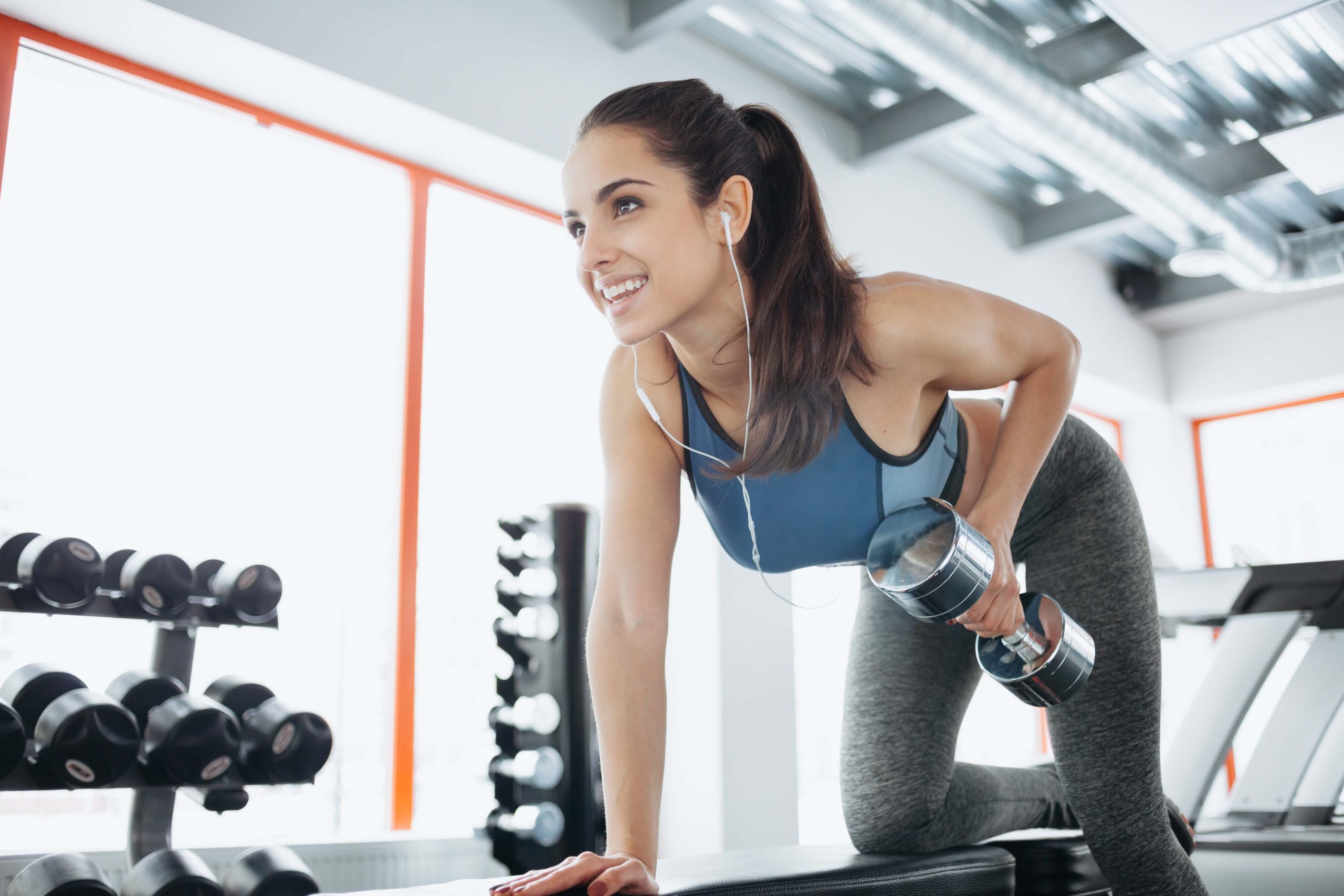
By using free weights you’ll recruit a lot more of the smaller, stabiliser muscles because you have to control the weight more.
Free weights
This refers to all of the weights in the gym that aren’t machine-based, such as barbells, dumbbells and kettlebells.
By using free weights you’ll recruit a lot more of the smaller, stabiliser muscles because you have to control the weight more and ensure a stable base to lift them.
Glutes
Short for gluteus maximus, along with the gluteus medius and gluteus minimus, and a nice way to refer to the bottom.
HIIT
High-intensity interval training (HIIT) is a form of cardio that alternates between bursts of maximum intensity work and short rest periods.
Take sprints as an example: you might sprint for 20 seconds at maximum effort and then walk or jog for 60 seconds, repeating this cycle for a few rounds.
IIFYM
If it fits your macros (IIFYM) is often thrown around in the bodybuilding community, and refers to the idea of allowing yourself a fully flexible diet, for which your daily food consumption fits in within your calorie, protein, carbohydrate and fat allowance.
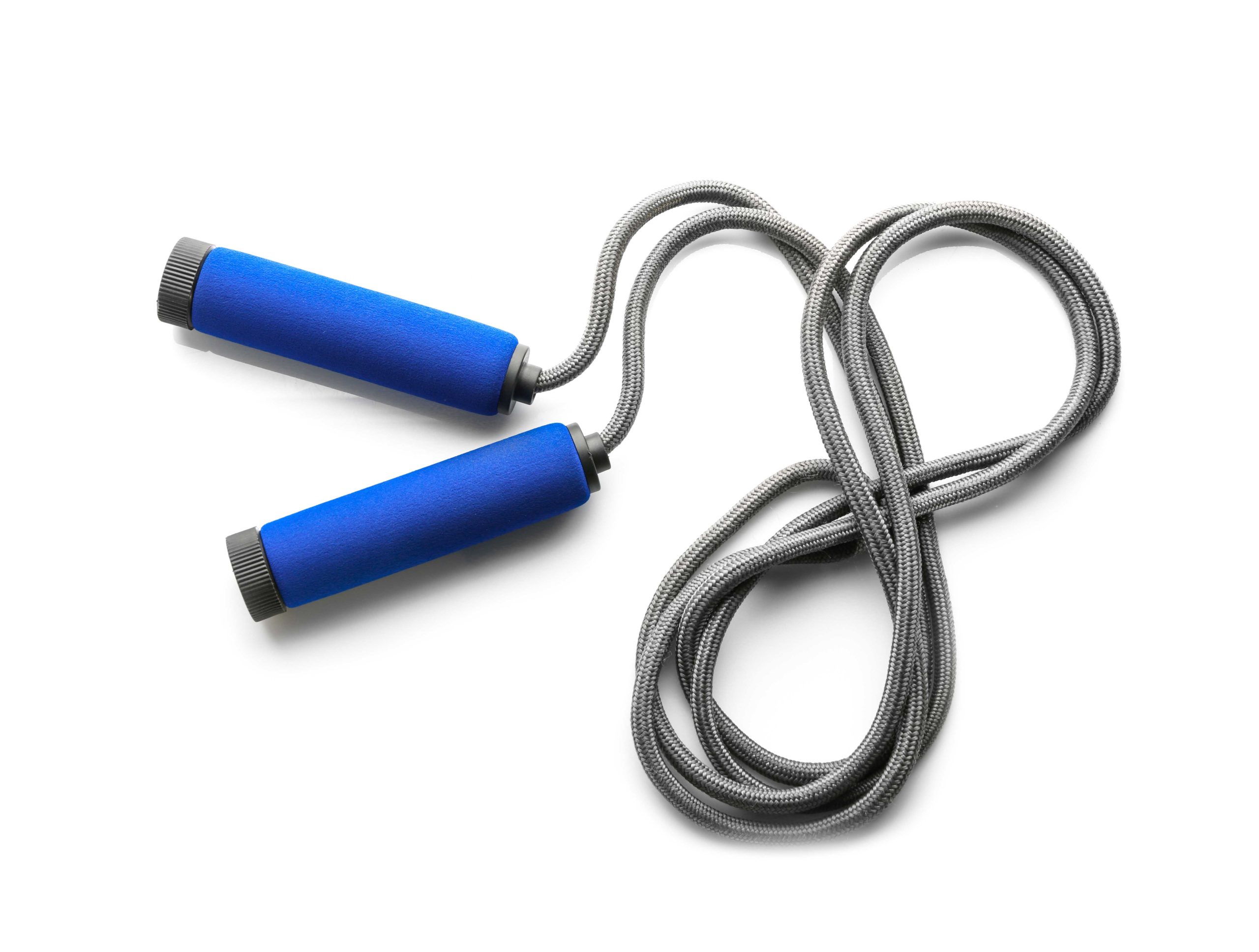
Jump rope
Yes, that rope that you used to play with at school counts as exercise. In fact, skipping is a great calorie burner and works every muscle from head to toe. It’s great fun, too.
Why not skip for a minute with your feet together, then move to high knees, a double hop and with feet straddled? Switch it up for a fun calorie and leg burner.
Kettlebell
This cast-iron piece of kit resembles a cannonball-like weight with a handle, and is great for swinging and lifting.
Originating from Russia, kettlebells come in various sizes and can be used with one or two hands, depending on what exercise (think squat to press, back row or kettlebell swing) you’re performing.
Lean mass
Lean muscle mass refers to the amount of muscle you have. The more lean muscle tissue you have, the more metabolically active you are, which results in a higher metabolic rate and, of course, a stronger, leaner-looking body.
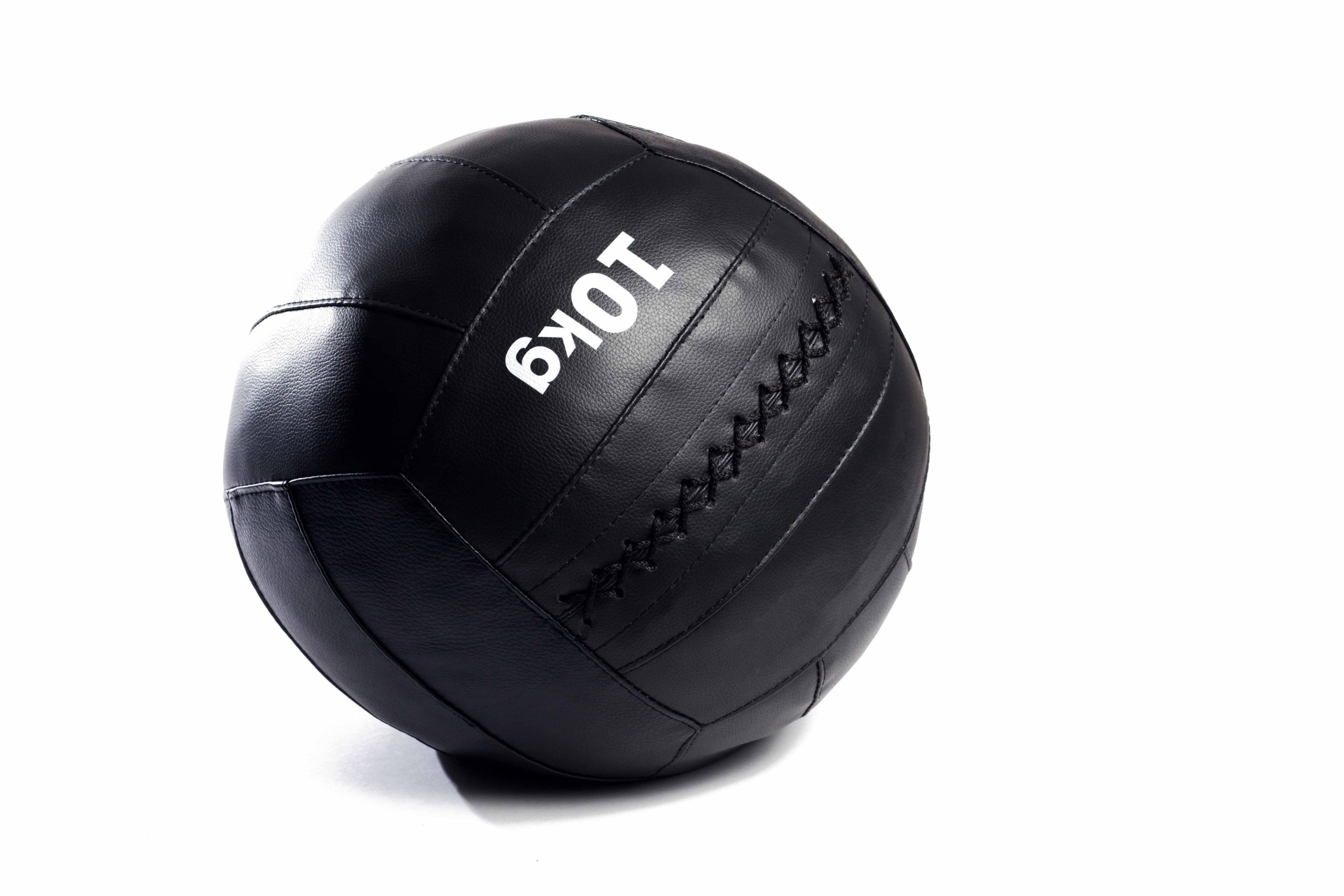
Medicine ball
Available in varying sizes and weights, these weighted balls are made for throwing, slamming
and catching. This makes them ideal for explosive movements that will help to improve muscular power and sports performance, whilst also getting your heart rate up.
Neutral grip
This is when your palms face each other, such as when performing a pull-up. You might also hear the term pronated grip, which is when your palms face down and back, or supinated grip, for which the palms face up or forward.
Olympic lifting
Deadlift, hang clean, snatch and push press… these are just a few of the Olympic lifting moves that you can perform with a barbell. It’s not as scary as it sounds. Getting to grips with these moves may be some of the most effective work you do in the gym.
This is because Olympic lifts burn lots of calories and stimulate muscle fibres. When done correctly, they make the lifts more explosive, which can lead to a lean, sculpted physique.
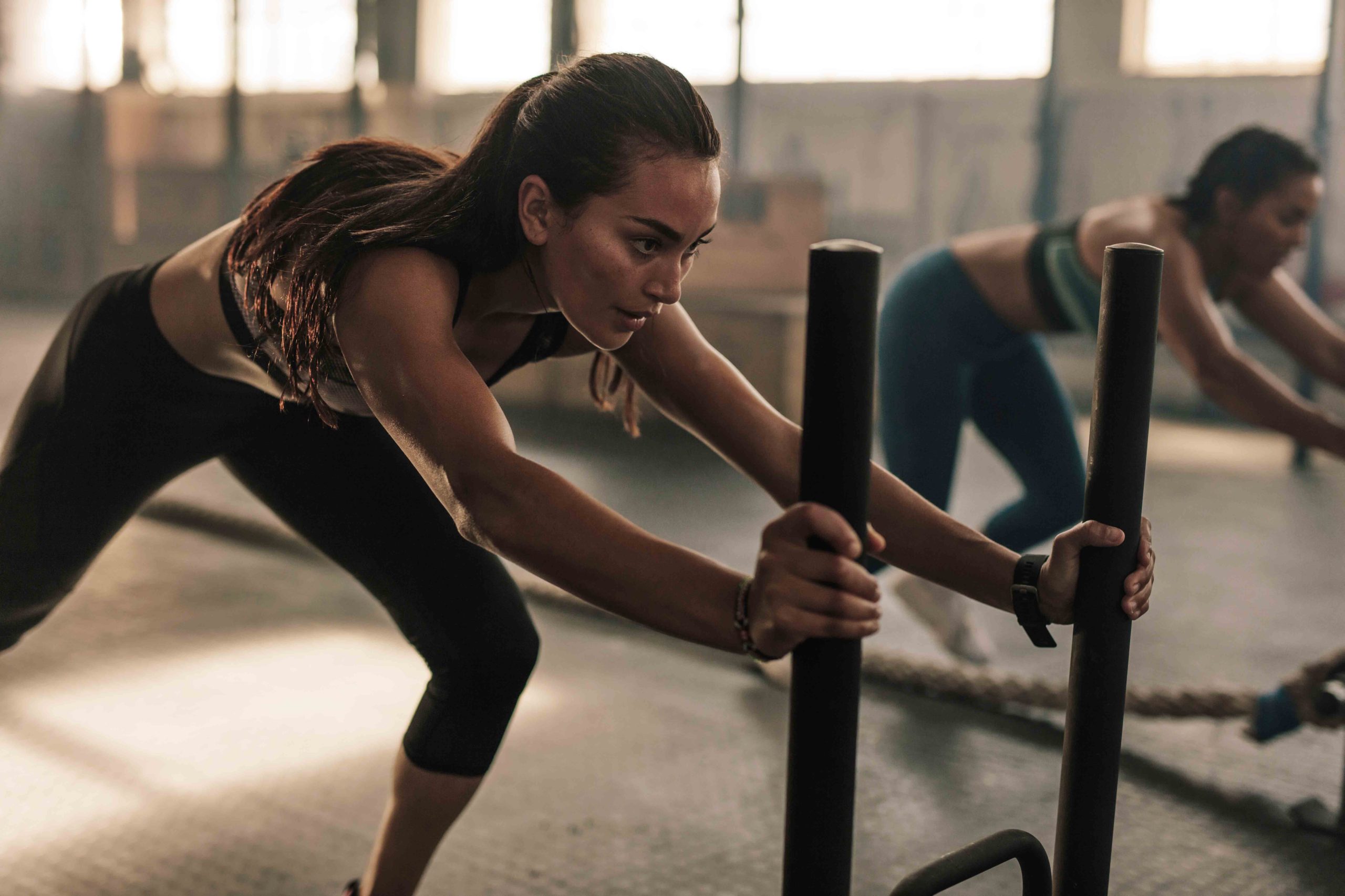
The prowler combines the perks of strength training with the joy of cardio.
Prowler
A prowler, or a sled, is a great piece of kit that combines the perks of strength training with the joy of cardio.
To make it go forward, you simply position yourself behind the sled, grip the bars, drive with your legs and push. The goal is to push for a specific distance or amount of time and, as you improve, add some weight to make it even harder.
Quads
Quad is short for quadriceps, which are the muscles located at the front of your thighs. To target these muscles you’ll need to use the leg press, leg extension machine or include lunges and squats into your repertoire.
Rowing machine
Think rowing is just for the arms? Think again – according to American Fitness Professionals & Associates, rowing is an activity that uses 65 to 75 per cent legs and 25 to 35 per cent upper body, meaning that you’re guaranteed to get a great full-body cardio and strength workout each time you get on the rower.
The aim is to push from your legs, all whilst keeping your back upright and strong. Your arms then follow as you row the handle up towards your upper abs. Want to give yourself a challenge? How quickly can you do 500m, or even 1,500m?
SkiErg
It’s like skiing without the snow, a SkiErg machine is powered by you – the faster you pull the handles down and get the flywheel spinning, the more resistance you create. This, in turn, leads to a bigger calorie burn.
It’s also a great piece of equipment for working your whole body, including the glutes, hamstrings, lats, triceps and shoulders.
TRX
Invented by a former US Navy SEAL, the TRX (short for total-body resistance exercise) turns every exercise into a challenge for your core by using two simple resources: gravity and your body weight.
There are really no rules when it comes to this kit – your creativity is the limit. Hold the straps and lean back to get into a deeper squat or pop your feet in the straps and perform a press-up, for example.
Unilateral training
Are you right-handed? Do you find it easier to perform a lunge on one leg than the other? Most people have a dominant side, which is where unilateral training (working one side of the body) comes in handy.
Unilateral exercises tend to be things like side planks, step-ups, single-arm rows or single-leg squats, and they are perfect for keeping the body in balance.
ViPR
The ViPR is a very versatile piece of gym kit, designed for weighted movement training. It’s formed of a hollow, rubber, cylindrical weight with two handles built into its sides, and ranges from 4kg to 20kg.
Flip it, hold it like a barbell or swing it diagonally as you lunge. The point of the ViPR is to work your body in three dimensions, so you move more efficiently. Plus, you learn to move your body in all directions whilst training your body to be stronger.
Woodway
This curved treadmill will keep you on your toes, quite literally. Powered by momentum, not by electricity, the Woodway’s running belt is almost friction-less, so it moves according to how fast you’re running.
To speed up, you just run faster, with your feet landing further forwards on the upward curve of the belt. To slow down, you simply change your running position (so that you’re not so far forward) and you take shorter, smaller steps.
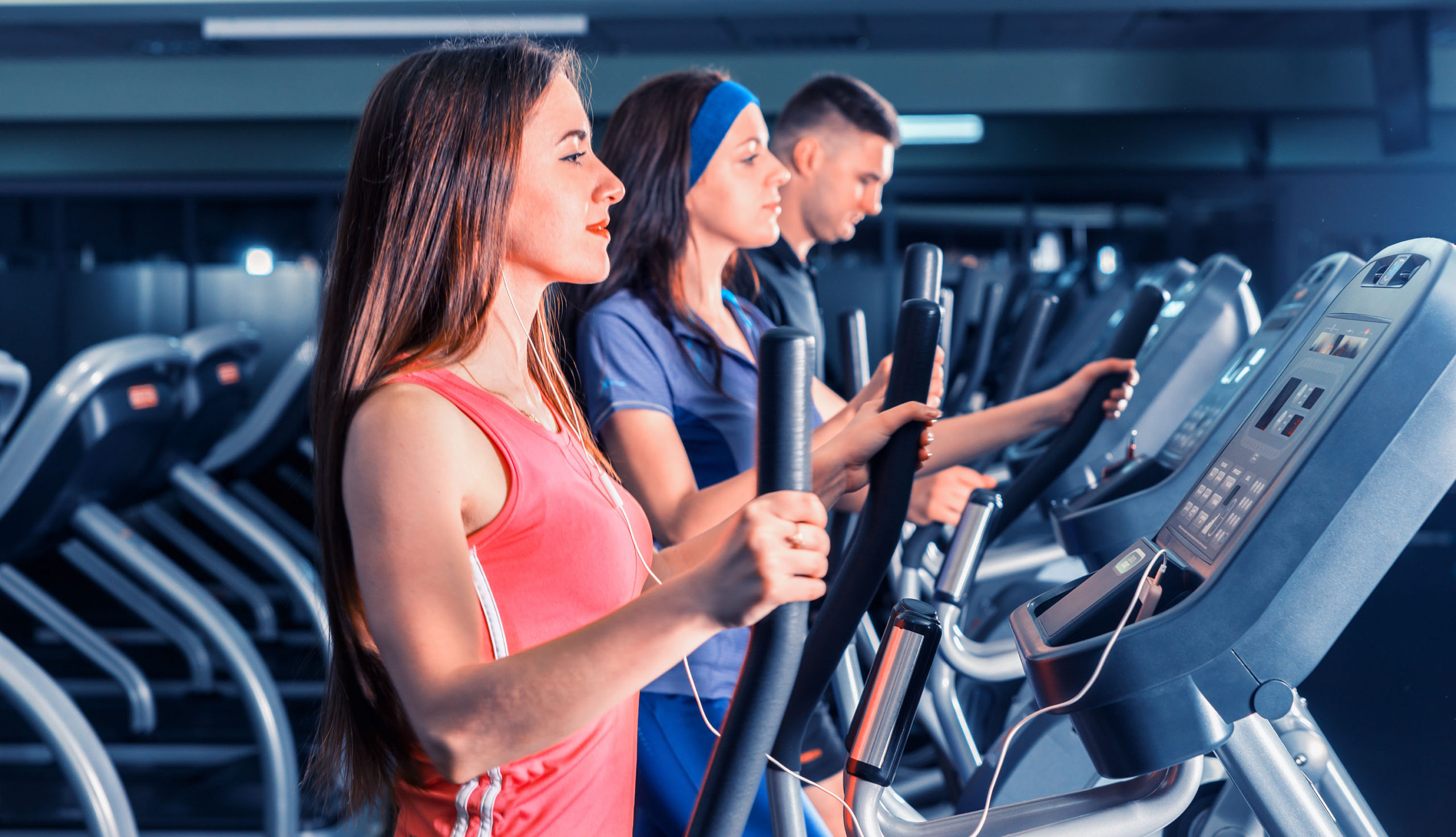
A cross trainer mimics walking, running and climbing stairs, and it provides an effective full-body, low-impact workout.
X-trainer
The cross trainer, also known as an elliptical, is a stationary piece of equipment, which includes two long handles and foot pedals. The machine mimics walking, running and climbing stairs, and it provides an effective full-body, low-impact workout.
Increase the resistance to improve all-round strength, or mix some high-intensity bursts with periods of low intensity.
Yoga
If you’re looking for a way to get flexible, banish stress and relieve anxiety, then yoga could be the way forward. This ancient practice – consisting of postures, breathing techniques and meditation – is available in most gyms.
If it’s not on offer at your gym, yoga is easily accessible with only a mat and one of the many yoga apps.
Zumba
Developed by Colombian dancer Alberto Perez, this Latin dance-inspired, hip-shaking class is a fun way to burn calories, improve coordination and work your entire body from head to toe. It’s a great way to make friends in the gym, too.

